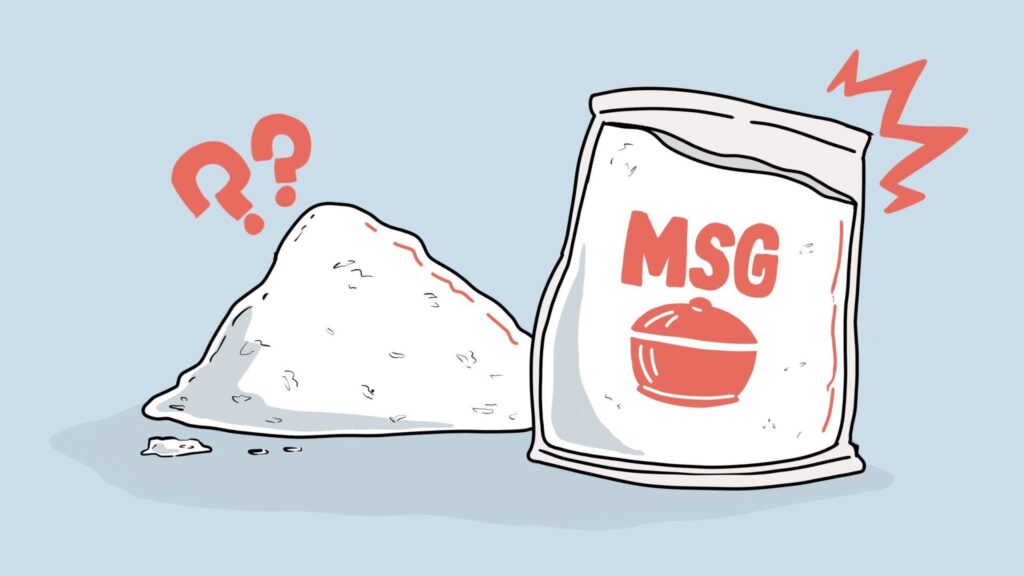People Should Take Claims Against MSG With A Grain Of Salt
Some people put it on everything they cook; others don’t want anything to do with it.
I’m talking about MSG.
Monosodium glutamate is the sodium salt of glutamate, an amino acid naturally found in humans and foods such as tomatoes, mushrooms, asparagus and cheese.
The odorless, tasteless white powder, which is produced by fermenting products like sugar cane, beet or cornstarch, makes food taste savory thanks to its power to induce salivation.
However, in recent decades, MSG has been pegged as a harmful food additive. But is the seasoning as bad as people make it seem? Are consumers of MSG putting themselves at risk? And how prevalent is it in our products?
Before answering these questions, let’s look at its history.
Monosodium glutamate was discovered in 1908 by a Japanese chemistry professor named Kikunae Ikeda. After eating a dish of boiled tofu, which was flavored with a seaweed-based broth, Ikeda started studying its chemical composition.
The following year, he concluded that L-glutamic acid (glutamate), an amino acid, was responsible for the meal’s savory flavor, which he coined umami, Japanese for “delicious, savory taste.” When paired with sodium, MSG was born.
Ikeda patented the seasoning in 1909, launching its mass production for commercial use. In the next decades, MSG spread like wildfire, making its way to the United States in canned foods, processed meats and chicken stock.
Decades later, however, its reputation was tarnished.
In the 1960s, a Maryland physician named Robert Ho Man Kwok wrote a letter to the The New England Journal of Medicine, claiming the MSG in Chinese food caused him to feel palpitations, numbness and weakness.
This gave rise to the Chinese Restaurant Syndrome, an illness characterized by similar symptoms, including headaches, dizziness and sweating.
Since then, research published by the National Library of Medicine has found that side effects of MSG are often due to overindulgence. The United States’ Food and Drug Administration also deems MSG safe for consumption under their “Generally Recognized As Safe” criteria.
Like anything else in life, moderation is key.
Today, MSG can be found in highly processed convenience foods containing high amounts of sodium and fat, including instant noodles, lunch meat and potato chips. Fast food restaurants such as Chick-fil-A, KFC and McDonald’s also use the seasoning on their chicken and fries.
Consumers need to be more cautious of the unhealthy ingredients combined with MSG in fast-food restaurant or grocery store items.
People who aren’t can develop dangerous eating habits or medical issues from the overload of MSG and the excess consumption of unhealthy food items.
So, next time you go grocery shopping or to a restaurant, don’t just stare at the MSG listed on the ingredients label—look at the ingredients that precede or follow it.

